一、卸载k8s
针对机器已安装过k8s的情况,如未安装过,请忽略。
# 首先清理运行到k8s群集中的pod,使用
kubectl delete node --all
# 使用脚本停止所有k8s服务
for service in kube-apiserver kube-controller-manager kubectl kubelet etcd kube-proxy kube-scheduler;
do
systemctl stop $service
done
# 使用命令卸载k8s
kubeadm reset -f
# 卸载k8s相关程序
yum -y remove kube*
# 删除相关的配置文件
modprobe -r ipip
lsmod
# 然后手动删除配置文件和flannel网络配置和flannel网口:
rm -rf /etc/cni
rm -rf /root/.kube
# 删除cni网络
ifconfig cni0 down
ip link delete cni0
ifconfig flannel.1 down
ip link delete flannel.1
# 删除残留的配置文件
rm -rf ~/.kube/
rm -rf /etc/kubernetes/
rm -rf /etc/systemd/system/kubelet.service.d
rm -rf /etc/systemd/system/kubelet.service
rm -rf /etc/systemd/system/multi-user.target.wants/kubelet.service
rm -rf /var/lib/kubelet
rm -rf /usr/libexec/kubernetes/kubelet-plugins
rm -rf /usr/bin/kube*
rm -rf /opt/cni
rm -rf /var/lib/etcd
rm -rf /var/etcd
# 更新镜像
yum clean all
yum makecache二、 安装kube集群(4节点)
k8s重置命令(如果初始化的过程出现了错误就使用重置命令):kubeadm reset
1.1 准备工作(所有的节点都执行)
编辑4台服务器的 /etc/hosts 文件 ,添加下面内容(每个节点都执行一遍):
192.168.2.1 node1
192.168.2.2 node2
192.168.2.3 node3
192.168.2.4 node4设置hostname(以node1为例):
hostnamectl set-hostname node1 # node1 是自定义名字或者修改 /etc/hostname 文件,写入node1(其他的子节点都一样):
vim /etc/hostname修改之后/etc/hostname的内容为:
node1所有节点执行时间同步:
# 启动chronyd服务
systemctl start chronyd
systemctl enable chronyd
date所有节点禁用SELinux和Firewalld服务:
systemctl stop firewalld
systemctl disable firewalld
sed -i 's/enforcing/disabled/' /etc/selinux/config # 重启后生效所有节点禁用swap分区:
# 临时禁用swap分区
swapoff -a
# 永久禁用swap分区
vi /etc/fstab
# 注释掉下面的设置
# /dev/mapper/centos-swap swap
# 之后需要重启服务器生效所有节点添加网桥过滤和地址转发功能:
cat > /etc/sysctl.d/kubernetes.conf << EOF
net.bridge.bridge-nf-call-ip6tables = 1
net.bridge.bridge-nf-call-iptables = 1
net.ipv4.ip_forward = 1
EOF
# 然后执行,生效
sysctl --system然后所有节点安装docker-ce(略)
需要注意的是要配置docker的cgroupdriver:
{
// 添加这行
"exec-opts": ["native.cgroupdriver=systemd"],
}所有节点的kubernetes镜像切换成国内源:
cat > /etc/yum.repos.d/kubernetes.repo << EOF
[kubernetes]
name=Kubernetes
baseurl=https://mirrors.aliyun.com/kubernetes/yum/repos/kubernetes-el7-x86_64
enabled=1
gpgcheck=0
repo_gpgcheck=0
gpgkey=https://mirrors.aliyun.com/kubernetes/yum/doc/yum-key.gpg https://mirrors.aliyun.com/kubernetes/yum/doc/rpm-package-key.gpg
EOF所有节点安装指定版本 kubeadm,kubelet 和 kubectl(我这里选择1.23.0版本的):
yum install -y kubelet-1.23.0 kubeadm-1.23.0 kubectl-1.23.0
# 设置kubelet开机启动(看你自己)
systemctl enable kubelet
1.2 *更改kubelet的容器路径(如果需要的话,不需要可以跳过)
vim /usr/lib/systemd/system/kubelet.service.d/10-kubeadm.conf修改完之后配置文件如下:
[Service]
Environment="KUBELET_KUBECONFIG_ARGS=--bootstrap-kubeconfig=/etc/kubernetes/bootstrap-kubelet.conf --root-dir=/mnt/sdb_new/kubelet/ --kubeconfig=/etc/kubernetes/kubelet.conf"使配置生效:
systemctl daemon-reload
systemctl restart docker
systemctl restart kubelet1.3 部署Kubernetes集群
1.3.1 覆盖kubernetes的镜像地址(只需要在master节点上操作初始化命令)
1. 首先要覆盖kubeadm的镜像地址,因为这个是外网的无法访问,需要替换成国内的镜像地址,使用此命令列出集群在配置过程中需要哪些镜像:
[root@node1 home]# kubeadm config images list
I0418 18:26:04.047449 19242 version.go:255] remote version is much newer: v1.27.1; falling back to: stable-1.23
k8s.gcr.io/kube-apiserver:v1.23.17
k8s.gcr.io/kube-controller-manager:v1.23.17
k8s.gcr.io/kube-scheduler:v1.23.17
k8s.gcr.io/kube-proxy:v1.23.17
k8s.gcr.io/pause:3.6
k8s.gcr.io/etcd:3.5.1-0
k8s.gcr.io/coredns/coredns:v1.8.62. 更改为阿里云的镜像地址:
[root@node1 home]# kubeadm config images list --image-repository registry.aliyuncs.com/google_containers
I0418 18:28:18.740057 20021 version.go:255] remote version is much newer: v1.27.1; falling back to: stable-1.23
registry.aliyuncs.com/google_containers/kube-apiserver:v1.23.17
registry.aliyuncs.com/google_containers/kube-controller-manager:v1.23.17
registry.aliyuncs.com/google_containers/kube-scheduler:v1.23.17
registry.aliyuncs.com/google_containers/kube-proxy:v1.23.17
registry.aliyuncs.com/google_containers/pause:3.6
registry.aliyuncs.com/google_containers/etcd:3.5.1-0
registry.aliyuncs.com/google_containers/coredns:v1.8.63. 然后将镜像手动拉取下来,这样在初始化的时候回更快一些(还有一个办法就是直接在docker上把镜像pull下来,docker只要配置一下国内源即可快速的将镜像pull下来):
[root@node1 home]# kubeadm config images pull --image-repository registry.aliyuncs.com/google_containers
I0418 18:28:31.795554 20088 version.go:255] remote version is much newer: v1.27.1; falling back to: stable-1.23
[config/images] Pulled registry.aliyuncs.com/google_containers/kube-apiserver:v1.23.17
[config/images] Pulled registry.aliyuncs.com/google_containers/kube-controller-manager:v1.23.17
[config/images] Pulled registry.aliyuncs.com/google_containers/kube-scheduler:v1.23.17
[config/images] Pulled registry.aliyuncs.com/google_containers/kube-proxy:v1.23.17
[config/images] Pulled registry.aliyuncs.com/google_containers/pause:3.6
[config/images] Pulled registry.aliyuncs.com/google_containers/etcd:3.5.1-0
[config/images] Pulled registry.aliyuncs.com/google_containers/coredns:v1.8.61.3.2 初始化kubernetes(只需要在master节点上操作初始化命令)
初始化 Kubernetes,指定网络地址段 和 镜像地址(后续的子节点可以使用join命令进行动态的追加):
[root@node1 home]# kubeadm init \
--apiserver-advertise-address=192.168.2.1 \
--image-repository registry.aliyuncs.com/google_containers \
--kubernetes-version v1.23.0 \
--service-cidr=10.96.0.0/12 \
--pod-network-cidr=10.244.0.0/16 \
--ignore-preflight-errors=all
# –apiserver-advertise-address # 集群通告地址(master 机器IP,这里用的万兆网)
# –image-repository # 由于默认拉取镜像地址k8s.gcr.io国内无法访问,这里指定阿里云镜像仓库地址
# –kubernetes-version #K8s版本,与上面安装的一致
# –service-cidr #集群内部虚拟网络,Pod统一访问入口,可以不用更改,直接用上面的参数
# –pod-network-cidr #Pod网络,与下面部署的CNI网络组件yaml中保持一致,可以不用更改,直接用上面的参数执行完之后要手动执行一些参数(尤其是 加入集群的join命令 需要复制记录下载):
[addons] Applied essential addon: kube-proxy
Your Kubernetes control-plane has initialized successfully!
To start using your cluster, you need to run the following as a regular user:
mkdir -p $HOME/.kube
sudo cp -i /etc/kubernetes/admin.conf $HOME/.kube/config
sudo chown $(id -u):$(id -g) $HOME/.kube/config
Alternatively, if you are the root user, you can run:
export KUBECONFIG=/etc/kubernetes/admin.conf
You should now deploy a pod network to the cluster.
Run "kubectl apply -f [podnetwork].yaml" with one of the options listed at:
https://kubernetes.io/docs/concepts/cluster-administration/addons/
Then you can join any number of worker nodes by running the following on each as root:
kubeadm join 192.168.2.1:6443 --token ochspx.15in9qkiu5z8tx2y \
--discovery-token-ca-cert-hash sha256:1f31202107af96a07df9fd78c3aa9bb44fd40076ac123e8ff28d6ab691a02a31执行参数:
[root@node1 home]# mkdir -p $HOME/.kube
[root@node1 home]# sudo cp -i /etc/kubernetes/admin.conf $HOME/.kube/config
[root@node1 home]# sudo chown $(id -u):$(id -g) $HOME/.kube/config
[root@node1 home]#
[root@node1 home]# vim /root/.bash_profile加入以下这段:
# 超级用户变量
export KUBECONFIG=/etc/kubernetes/admin.conf
# 设置别名
alias k=kubectl
# 设置kubectl命令补齐功能
source <(kubectl completion bash)激活 .bash_profile:
[root@node1 home]# source /root/.bash_profile这段要复制记录下来(来自k8s初始化成功之后出现的join命令,需要先配置完Flannel才能加入子节点),后续子节点加入master节点需要执行这段命令:
kubeadm join 192.168.2.1:6443 --token ochspx.15in9qkiu5z8tx2y \
--discovery-token-ca-cert-hash sha256:1f31202107af96a07df9fd78c3aa9bb44fd40076ac123e8ff28d6ab691a02a311.3.3 设定kubeletl网络(主节点部署)
部署容器网络,CNI网络插件(在Master上执行,著名的有flannel、calico、canal和kube-router等,简单易用的实现是为CoreOS提供的flannel项目),这里使用Flannel实现。
下载kube-flannel.yml:
[root@node1 home]# wget https://raw.githubusercontent.com/flannel-io/flannel/master/Documentation/kube-flannel.yml然后修改配置文件,找到如下位置,修改 Newwork 与执行 kubeadm init 输入的网段一致:
net-conf.json: |
{
"Network": "10.244.0.0/16",
"Backend"": {
"Type": "vxlan"
}
}修改配置之后安装组件(如果安装的时候卡在pull镜像的时候,试一试手动用docker将镜像拉取下来):
[root@node1 home]# kubectl apply -f kube-flannel.yml查看flannel pod状态(必须要为Running状态,如果kube-flannel起不来,那么就用kubectl describe pod kube-flannel-ds-f5jn6 -n kube-flannel命令查看pod起不来的原因,然后去搜度娘获取解决方案):
[root@node1 home]# # 必须所有的容器都是Running
[root@node1 home]# kubectl get pod --all-namespaces
NAMESPACE NAME READY STATUS RESTARTS AGE
kube-flannel kube-flannel-ds-f5jn6 1/1 Running 0 8m21s
kube-system coredns-6d8c4cb4d-ctqw5 1/1 Running 0 42m
kube-system coredns-6d8c4cb4d-n52fq 1/1 Running 0 42m
kube-system etcd-k8s-master 1/1 Running 0 42m
kube-system kube-apiserver-k8s-master 1/1 Running 0 42m
kube-system kube-controller-manager-k8s-master 1/1 Running 0 42m
kube-system kube-proxy-swpkz 1/1 Running 0 42m
kube-system kube-scheduler-k8s-master 1/1 Running 0 42m查看通信状态:
[root@node1 home]# kubectl get pod -n kube-system
NAME READY STATUS RESTARTS AGE
coredns-6d8c4cb4d-ctqw5 1/1 Running 0 52m
coredns-6d8c4cb4d-n52fq 1/1 Running 0 52m
etcd-k8s-master 1/1 Running 0 53m
kube-apiserver-k8s-master 1/1 Running 0 53m
kube-controller-manager-k8s-master 1/1 Running 0 53m
kube-proxy-swpkz 1/1 Running 0 52m
kube-scheduler-k8s-master 1/1 Running 0 53m
[root@node1 home]#
[root@node1 home]# 获取主节点的状态
[root@node1 home]# kubectl get cs
Warning: v1 ComponentStatus is deprecated in v1.19+
NAME STATUS MESSAGE ERROR
controller-manager Healthy ok
scheduler Healthy ok
etcd-0 Healthy {"health":"true","reason":""}
[root@node1 home]# kubectl get node
NAME STATUS ROLES AGE VERSION
node1 Ready control-plane,master 52m v1.23.0查看节点状态(此时还只有主节点,还没添加子节点):
[root@node1 home]# kubectl get node
NAME STATUS ROLES AGE VERSION
node1 Ready control-plane,master 53m v1.23.0至此 K8s master主服务器 已经部署完成!
1.3.4 子节点加入集群(在子节点上操作)
初始化会生成join命令,需要在子节点执行即可,以下token作为举例,以实际为主,例如:
[root@node2 home]# kubeadm join 192.168.2.1:6443 --token ochspx.15in9qkiu5z8tx2y --discovery-token-ca-cert-hash sha256:1f31202107af96a07df9fd78c3aa9bb44fd40076ac123e8ff28d6ab691a02a31
[preflight] Running pre-flight checks
[preflight] Reading configuration from the cluster...
[preflight] FYI: You can look at this config file with 'kubectl -n kube-system get cm kubeadm-config -o yaml'
[kubelet-start] Writing kubelet configuration to file "/var/lib/kubelet/config.yaml"
[kubelet-start] Writing kubelet environment file with flags to file "/var/lib/kubelet/kubeadm-flags.env"
[kubelet-start] Starting the kubelet
[kubelet-start] Waiting for the kubelet to perform the TLS Bootstrap...
This node has joined the cluster:
* Certificate signing request was sent to apiserver and a response was received.
* The Kubelet was informed of the new secure connection details.
Run 'kubectl get nodes' on the control-plane to see this node join the cluster.默认的 join token 有效期限为24小时,当过期后该 token 就不能用了,这时需要重新创建 token,创建新的join token需要在主节点上创建,创建命令如下:
[root@node1 home]# kubeadm token create --print-join-command加入之后再在主节点查看集群中节点的状态(必须要都为Ready状态):
[root@node1 home]# kubectl get nodes
NAME STATUS ROLES AGE VERSION
node1 Ready control-plane,master 63m v1.23.0
node2 Ready <none> 3m57s v1.23.0
node3 Ready <none> 29s v1.23.0如果所有的节点STATUS都为Ready的话,那么到此,所有的子节点加入完成!
1.3.5 删除子节点(在master主节点上操作)
# kubectl drain <node name> --delete-local-data --force --ignore-daemonsets
# 其中 <node name> 是在k8s集群中使用 <kubectl get nodes> 查询到的节点名称
# 假设这里删除 node3 子节点
[root@node1 home]# kubectl drain node3 --delete-local-data --force --ignore-daemonsets
[root@node1 home]# kubectl delete node node3然后在删除的子节点上操作重置k8s(重置k8s会删除一些配置文件),这里在node3子节点上操作:
[root@node3 home]# # 子节点重置k8s
[root@node3 home]# kubeadm reset
[reset] WARNING: Changes made to this host by 'kubeadm init' or 'kubeadm join' will be reverted.
[reset] Are you sure you want to proceed? [y/N]: y
[preflight] Running pre-flight checks
W0425 01:59:40.412616 15604 removeetcdmember.go:80] [reset] No kubeadm config, using etcd pod spec to get data directory
[reset] No etcd config found. Assuming external etcd
[reset] Please, manually reset etcd to prevent further issues
[reset] Stopping the kubelet service
[reset] Unmounting mounted directories in "/var/lib/kubelet"
[reset] Deleting contents of config directories: [/etc/kubernetes/manifests /etc/kubernetes/pki]
[reset] Deleting files: [/etc/kubernetes/admin.conf /etc/kubernetes/kubelet.conf /etc/kubernetes/bootstrap-kubelet.conf /etc/kubernetes/controller-manager.conf /etc/kubernetes/scheduler.conf]
[reset] Deleting contents of stateful directories: [/var/lib/kubelet /var/lib/dockershim /var/run/kubernetes /var/lib/cni]
The reset process does not clean CNI configuration. To do so, you must remove /etc/cni/net.d
The reset process does not reset or clean up iptables rules or IPVS tables.
If you wish to reset iptables, you must do so manually by using the "iptables" command.
If your cluster was setup to utilize IPVS, run ipvsadm --clear (or similar)
to reset your system's IPVS tables.
The reset process does not clean your kubeconfig files and you must remove them manually.
Please, check the contents of the $HOME/.kube/config file.然后在被删除的子节点上手动删除k8s配置文件、flannel网络配置文件 和 flannel网口:
[root@node3 home]# rm -rf /etc/cni/net.d/
[root@node3 home]# rm -rf /root/.kube/config
[root@node3 home]# # 删除cni网络
[root@node3 home]# ifconfig cni0 down
[root@node3 home]# ip link delete cni0
[root@node3 home]# ifconfig flannel.1 down
[root@node3 home]# ip link delete flannel.1三、 部署k8s dashboard(这里使用Kubepi)
Kubepi是一个简单高效的k8s集群图形化管理工具,方便日常管理K8S集群,高效快速的查询日志定位问题的工具
部署KubePI(随便在哪个节点部署,我这里在主节点部署):
[root@node1 home]# docker pull kubeoperator/kubepi-server
[root@node1 home]# # 运行容器
[root@node1 home]# docker run --privileged -itd --restart=unless-stopped --name kube_dashboard -v /home/docker-mount/kubepi/:/var/lib/kubepi/ -p 8000:80 kubeoperator/kubepi-server登录:
# 地址: http://192.168.2.1:8000
# 默认用户名:admin
# 默认密码:kubepi填写集群名称,默认认证模式,填写apisever地址及token:

kubepi导入集群
获取登录需要用到的ip地址和登录token:
[root@node1 home]# # 在 k8s 主节点上创建用户,并获取token
[root@node1 home]# kubectl create sa kubepi-user --namespace kube-system
serviceaccount/kubepi-user created
[root@node1 home]# kubectl create clusterrolebinding kubepi-user --clusterrole=cluster-admin --serviceaccount=kube-system:kubepi-user
clusterrolebinding.rbac.authorization.k8s.io/kubepi-user created
[root@node1 home]#
[root@node1 home]# # 在主节点上获取新建的用户 kubeapi-user 的 token
[root@node1 home]# kubectl -n kube-system describe secret $(kubectl -n kube-system get secret | grep kubepi-user | awk '{print $1}') | grep token: | awk '{print $2}'
eyJhbGciOiJSUzI1NiIsImtpZCI6IkhVeUtyc1BpU1JvRnVacXVqVk1PTFRkaUlIZm1KQTV6Wk9WSExSRllmd0kifQ.eyJpc3MiOiJrdWJlcm5ldGVzL3NlcnZpY2VhY2NvdW50Iiwia3ViZXJuZXRlcy5pby9zZXJ2aWNlYWNjb3VudC9uYW1lc3BhY2UiOiJrdWJlLXN5c3RlbSIsImt1YmVybmV0ZXMuaW8vc2VydmljZWFjY291bnQvc2VjcmV0Lm5hbWUiOiJrdWJlcGktdXNlci10b2tlbi10cjVsMiIsImt1YmVybmV0ZXMuaW8vc2VydmljZWFjY291bnQvc2VydmljZS1hY2NvdW50Lm5hbWUiOiJrdWJlcGktdXNlciIsImt1YmVybmV0ZXMuaW8vc2VydmljZWFjY291bnQvc2VydmljZS1hY2NvdW50LnVpZCI6IjJiYzlhZDRjLWVjZTItNDE2Mi04MDc1LTA2NTI0NDg0MzExZiIsInN1YiI6InN5c3RlbTpzZXJ2aWNlYWNjb3VudDprdWJlLXN5c3RlbTprdWJlcGktdXNlciJ9.QxkR1jBboqTYiVUUVO4yGhfWmlLDA5wHLo_ZnjAuSLZQDyVevCgBluL6l7y7UryRdId6FmBZ-L0QitvOuTsurcjGL2QHxPE_yZsNW7s9K7eikxJ8q-Q_yOvnADtAueH_tcMGRGW9Zyec2TlmcGTZCNaNUme84TfMlWqX7oP3GGJGMbMGN7H4fPXh-Qqrdp-0MJ3tP-dk3koZUEu3amrq8ExSmjIAjso_otrgFWbdSOMkCXKsqb9yuZzaw7u5Cy18bH_HW6RbNCRT5jGs5aOwzuMAd0HQ5iNm-5OISI4Da6jGdjipLXejcC1H-xWgLlJBx0RQWu41yoPNF57cG1NubQ
[root@node1 home]#
[root@node1 home]# # 在主节点上获取 apiserver 地址
[root@node1 home]# cat ~/.kube/config | grep server: | awk '{print $2}'
https://192.168.2.1:6443将上面获取的api地址和token填入页面即可,name可以自己随意取。

kubepi集群页面
到此,KubePI安装完成!
1.1 安装metrics k8s集群监控插件
k8s metrics插件提供了 top 命令可用于统计 k8s集群资源 的使用情况,它包含有 node 和 pod 两个⼦命令,分别显⽰ node 节点和 Pod 对象的资源使⽤信息。
参考资料:K8S 笔记 - k8s 部署 metrics-server - 知乎
四、参考链接
参考链接:K8s超详细安装部署流程_k8s安装及部署流程-CSDN博客
k8s的安装部署_run "kubectl apply -f [podnetwork].yaml" with one -CSDN博客
五、k8s常用命令集合
k8s常用命令集合:
# 查看当前集群的所有的节点
kubectl get node
# 显示 Node 的详细信息(一般用不着)
kubectl describe node node1
# 查看所有的pod
kubectl get pod --all-namespaces
# 查看pod的详细信息
kubectl get pods -o wide --all-namespaces
# 查看所有创建的服务
kubectl get service
# 查看所有的deploy
kubectl get deploy
# 重启 pod(这个方式会删除原来的pod,然后再重新生成一个pod达到重启的目的)
# 有yaml文件的重启
kubectl replace --force -f xxx.yaml
# 无yaml文件的重启
kubectl get pod <POD_NAME> -n <NAMESPACE> -o yaml | kubectl replace --force -f -
# 查看pod的详细信息
kubectl describe pod nfs-client-provisioner-65c77c7bf9-54rdp -n default
# 根据 yaml 文件创建Pod资源
kubectl apply -f pod.yaml
# 删除基于 pod.yaml 文件定义的Pod
kubectl delete -f pod.yaml
# 查看容器的日志
kubectl logs <pod-name>
# 实时查看日志
kubectl logs -f <pod-name>
# 若 pod 只有一个容器,可以不加 -c
kubectl log <pod-name> -c <container_name>
# 返回所有标记为 app=frontend 的 pod 的合并日志
kubectl logs -l app=frontend
# 通过bash获得 pod 中某个容器的TTY,相当于登录容器
# kubectl exec -it <pod-name> -c <container-name> -- bash
eg:
kubectl exec -it redis-master-cln81 -- bash
# 查看 endpoint 列表
kubectl get endpoints
# 查看已有的token
kubeadm token list六、使用过程中的一些问题和解决建议
1.1 异常关机引起的k8s服务起不来
实际上是etcd数据库出错了,导致k8s起不来
参考资料:
记一次测试虚拟机异常关机导致的问题blog.csdn.net/Name_kongkong/article/details/126218219编辑
运维手册——生产环境K8S集群断电后启动失败www.rugod.cn/posts/f7d56ada.html
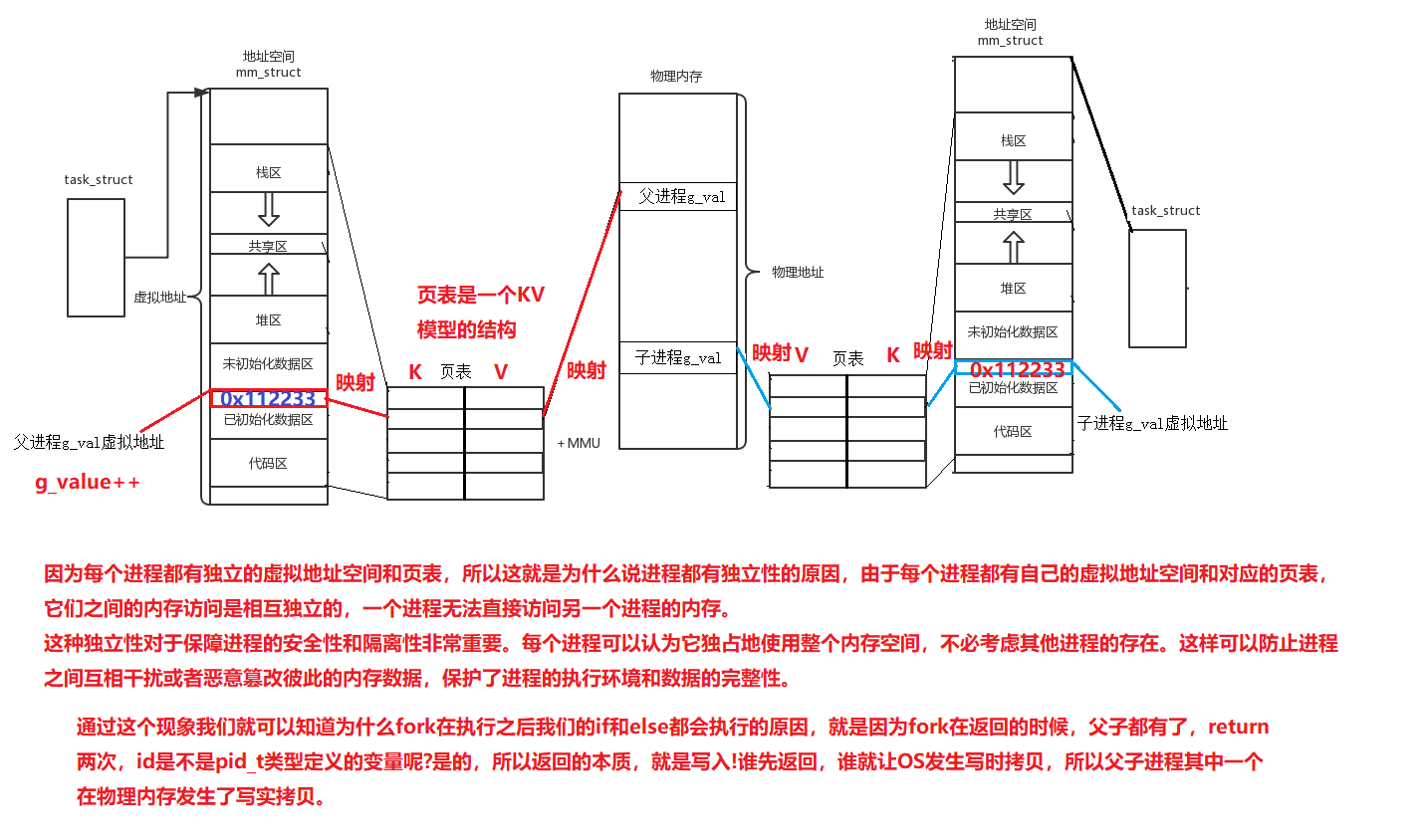

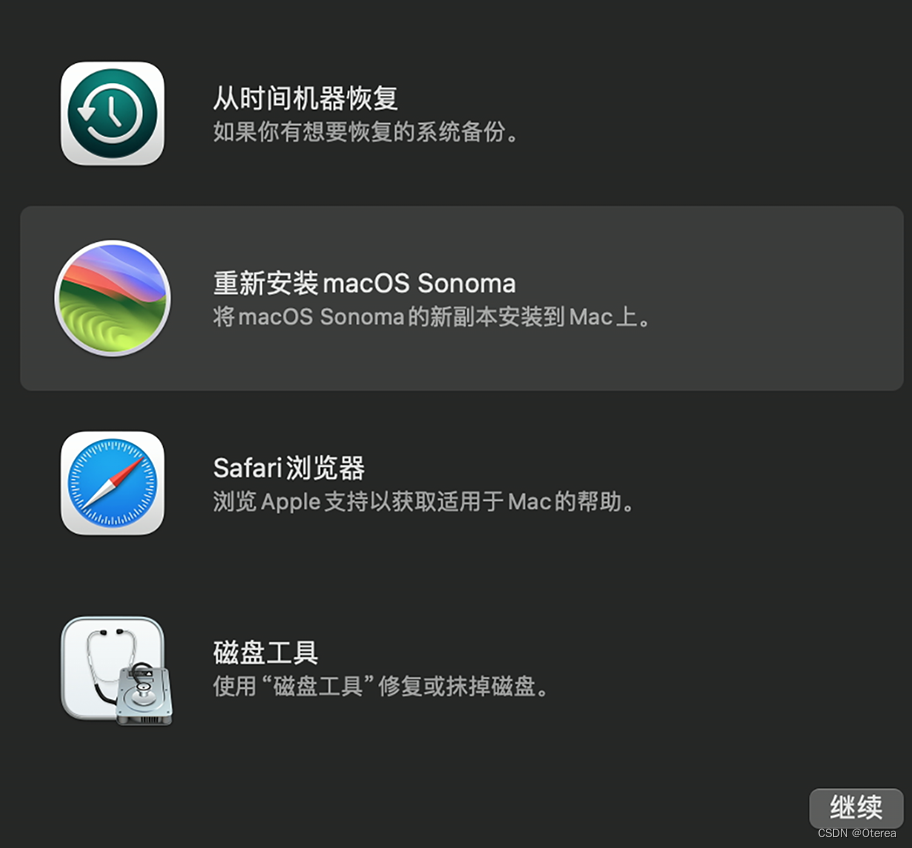



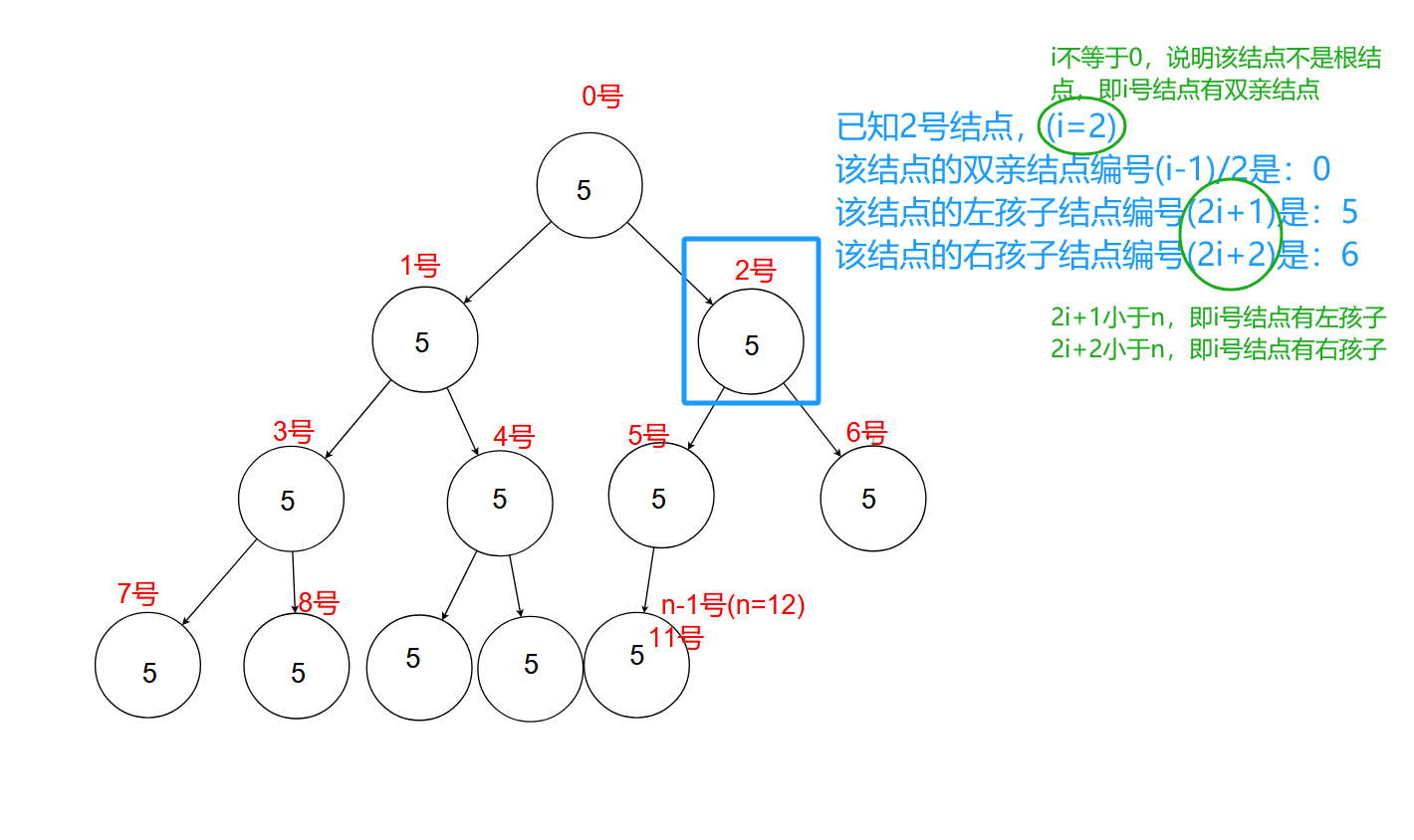




![LeetCode 刷题 [C++] 第108题.将有序数组转换为二叉搜索树](https://img-blog.csdnimg.cn/direct/317f1a14272545969f0d1e53351510a0.png)
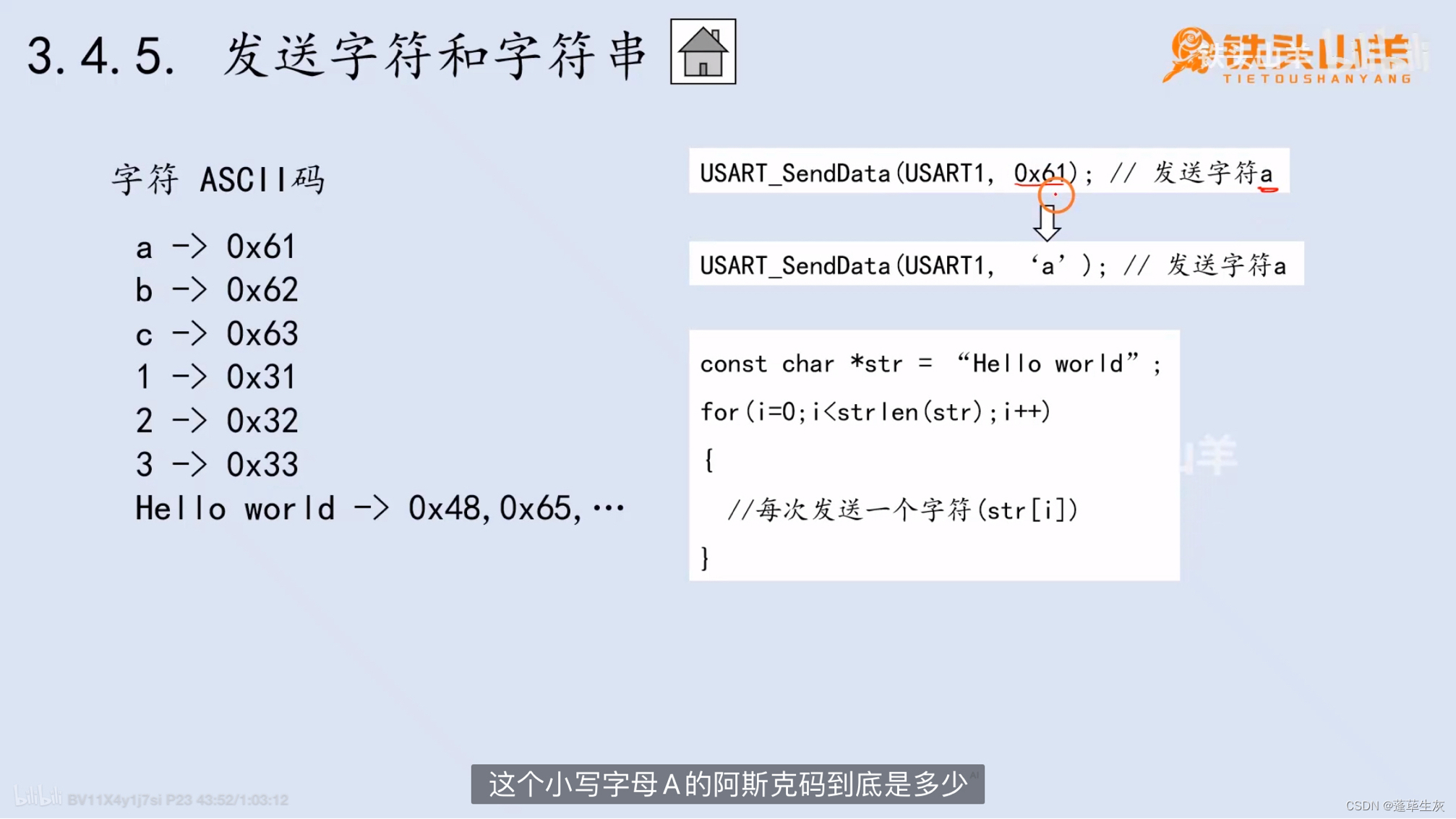
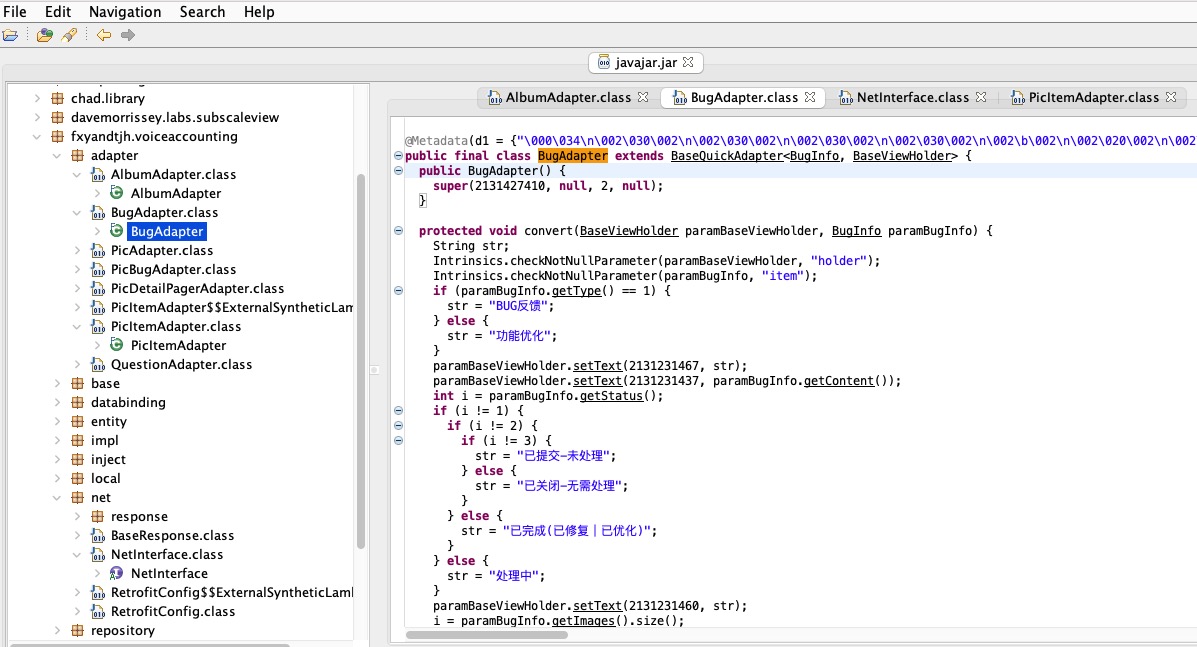


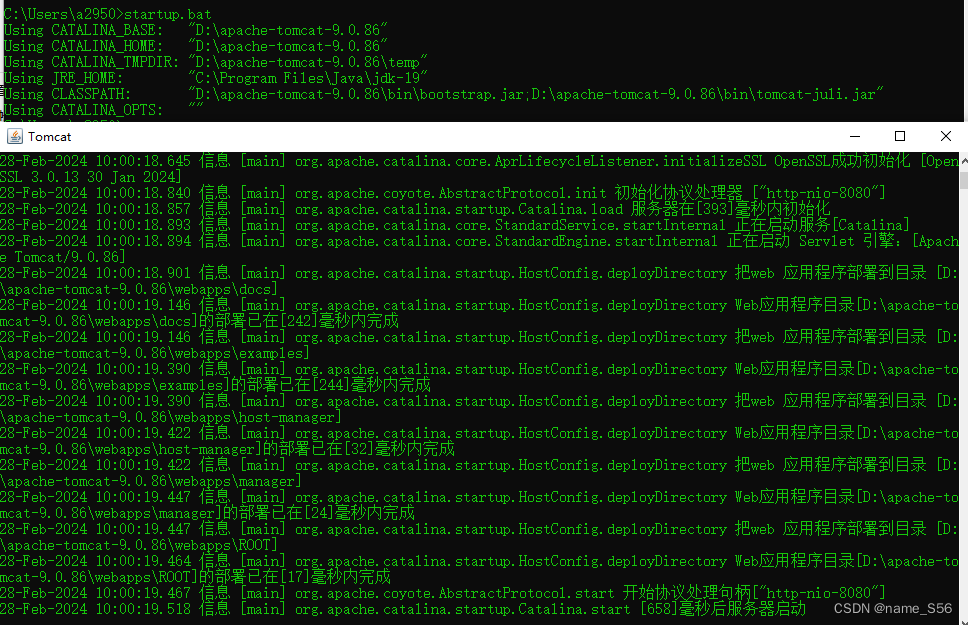

![[Redis]——RedisTemplate的两种序列化方式](https://img-blog.csdnimg.cn/direct/2b2069a46079417286c5f69f7513a6f2.png)